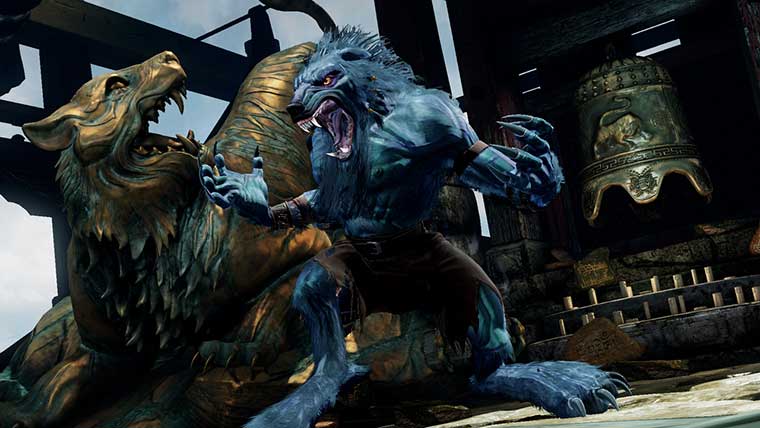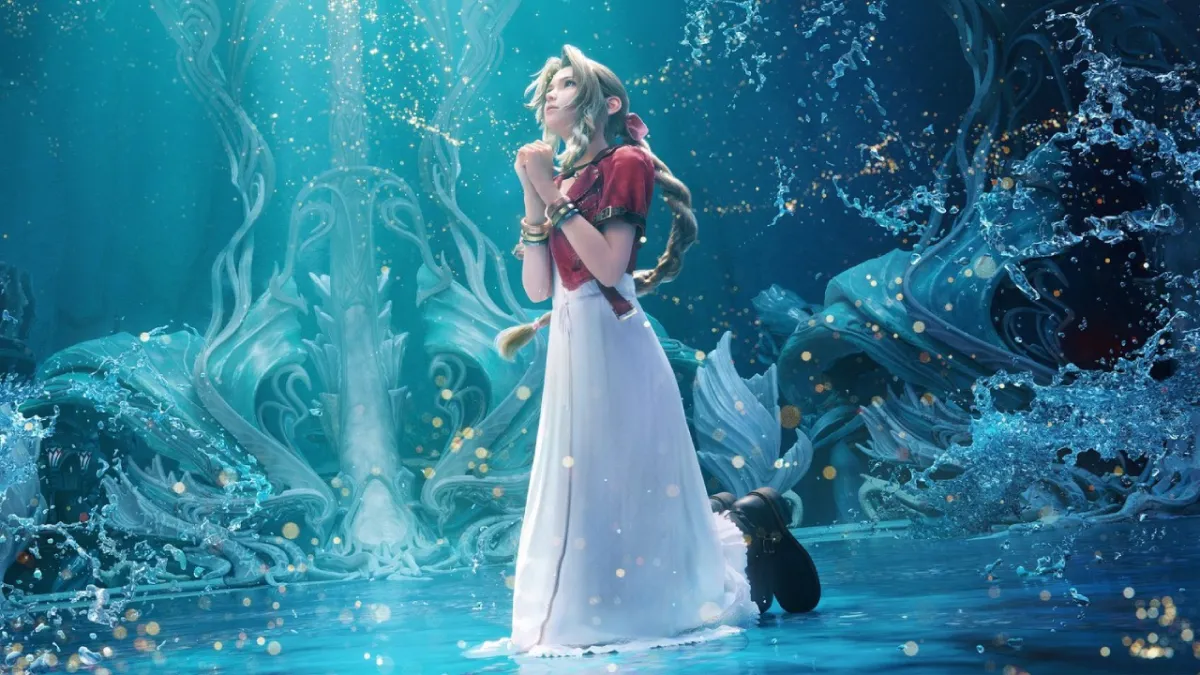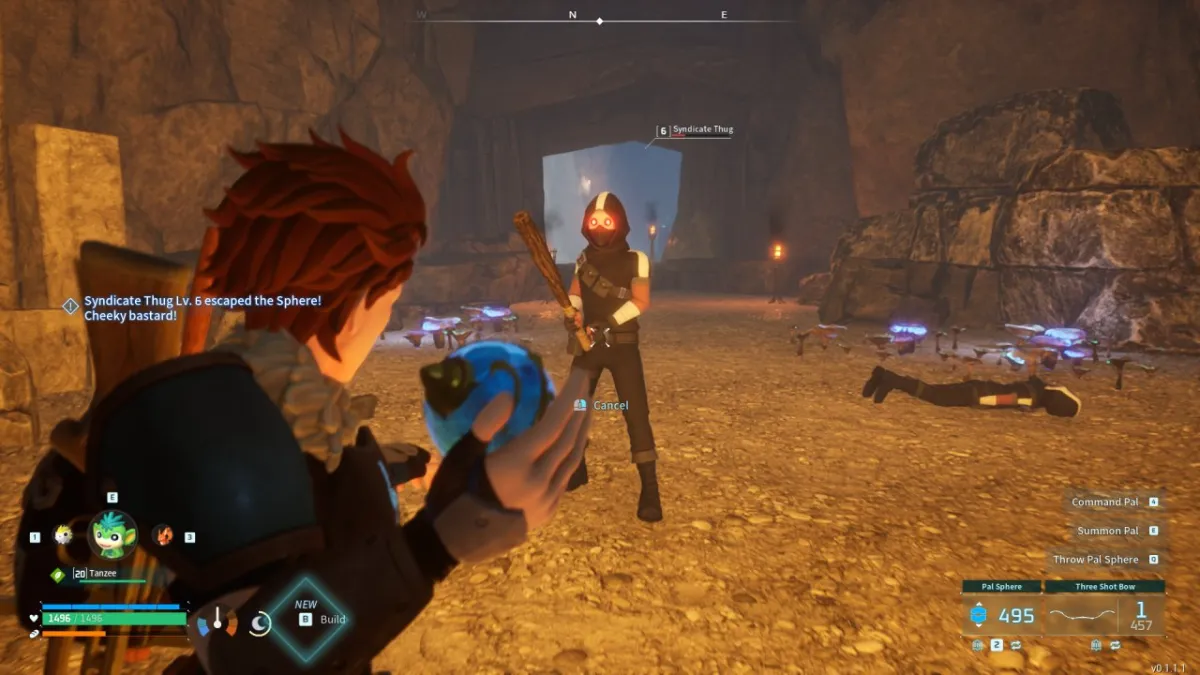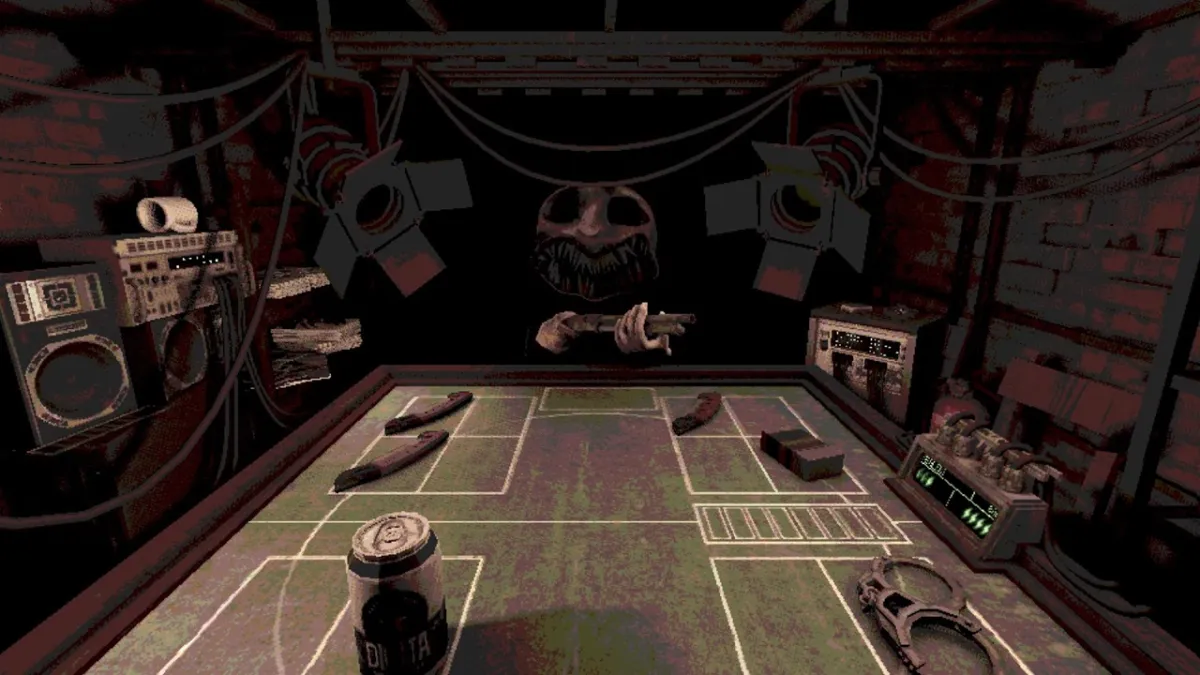As I have stated much so in the past, I am a huge proponent of audio and sound design in video games. I feel they add a certain factor of immersion that is just impossible otherwise in both video games and cinema. As such, when Killer Instinct‘s composer Mick Gordon and Double Helix sound designer Jean-Edouard Miclot talked about the sound design of Killer Instinct, my ears naturally perked up.
Miclott started the presentation at GDC by describing the atmosphere of a ’90s arcade. Loud, flashy, fast paced, cramped. As such, arcade games needed certain sound designs to stand apart from the rest. Killer Instinct, the original arcade game, was what Miclott called a “loud game”, a game that practically shook the building with its in-game sound and announcer shouting “C-C-C-C-Combo Breaker.” Rare wanted the game to sound like something you’d see on television or at the movies, as such they relied on a then-unprecedented amount of digitally captured music and sound.
However, this created an issue for Double Helix when they were tasked with remaking Killer Instinct for the Xbox One. Should they completely revamp what Killer Instinct is? Or should they just do a simple port? Double Helix eventually decided to settle on what they called the “car design”. That is, while cars see changes and improvements over time, they still maintain what Gordon calls their “brand essence”.
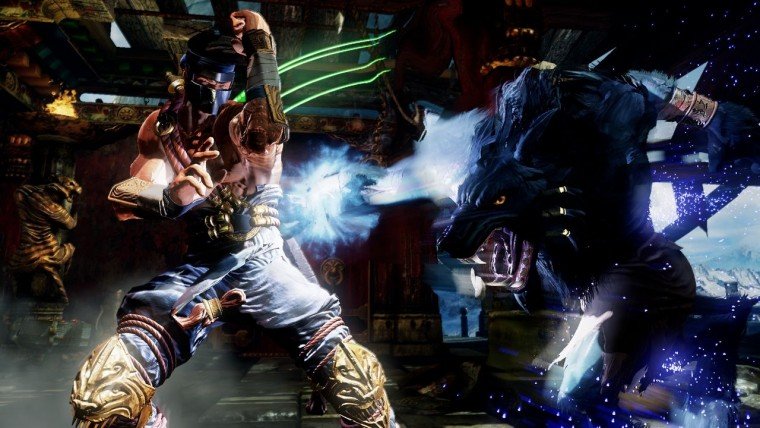
One of the “brand essences” of Killer Instinct is the announcer, Rare producer Chris Sutherland. Double Helix at first figured to have Sutherland rerecord his lines and be done with it. However, 17 years is a long time, and Sutherland’s voice had changed, not much but just enough, to cause issues. As such, Rare sent DAT recordings from the original Killer Instinct‘s voiceover to Double Helix, which were then re-processed for the 2013 release.
The next “brand essence” of Killer Instinct was the “audio identity” of the game and its characters. According to Miclott, he recorded over 1,700 audio takes, even from the Double Helix kitchen. Those audio takes were then processed in ProTools using various plugins, and categorized as low, medium or heavy attacks.
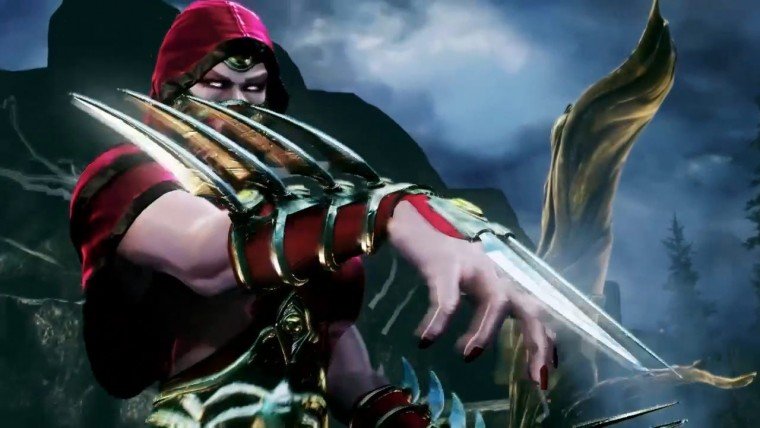
Another design for the characters is that each character has a melodic theme. As an example, Orchid’s special moves have a noticeable Cougar sound with echo while her normal attacks have processed elements from tesla coils and steam off of oven burners. Another example is Sadira, who has female whispers for her background ambiance, while her web-based attacks are based on pitch-shifted sounds of duct tape being stretched and pulled. Glacius’ breath sounds like water injecting into a steam iron, and the horn-like noises he emits come from pitch-shifted and altered rubber bands strummed in front of a condenser mic.
One aspect missing from the sound design so far is the soundtrack and how it feeds into the game. Killer Instinct, according to Gordon, has a very unique soundtrack system. This is in part due to Gordon’s mantra “Music is storytelling.” The way Double Helix saw Killer Instinct was that each match had its narrative: two characters enter, the round begins, each player trades blows, ending with a knockout. As such, it was imperative that the music fit the flow of the narrative; the music needed to be able to shift and add or subtract elements to add momentum and drama to each fight at the proper moment.
Gordon’s solution was to treat each song like a pop song, a verse, bridge and chorus for the player. As the fight begins, each player’s entrance themes begins. When the round starts, the “verse” begins — or more a combination of several tracks playing simultaneously in slightly different ways to match the action on screen, mixing interludes, “part As,” “part Bs,” riffs and more. According to Gordon, you will never hear the same exact verse twice.

As for the chorus, it starts when a player initiates a 15 hit or higher combo, usually with a strategically triggered kick drum to transition to the first eight bars of the song’s chorus. If the player is able to land another 15 hit combo within the eight bars, the next eight bars of the chorus trigger, and so on and so forth, with the chorus’ intensity building as the combos continue. If no player can achieve a strong enough combo, the verse fades back.
With Super Bars, when a bar is full, an additional theme is played to the player’s side of the field. As for Ultra Combos, Gordon talked about hits, or ” escalating set[s] of musical scales”. According to Gordon, there are roughly 50 or so per level. Every character has a sequence of moves that lands on a “hit”, which creates a unique “ultra” melody for each character on each level.
Finally, according to Miclot and Gordon, developing on the Xbox One allowed them to accomplish this sound design because Double Helix was limited by what they decided, not what the hardware decided.


